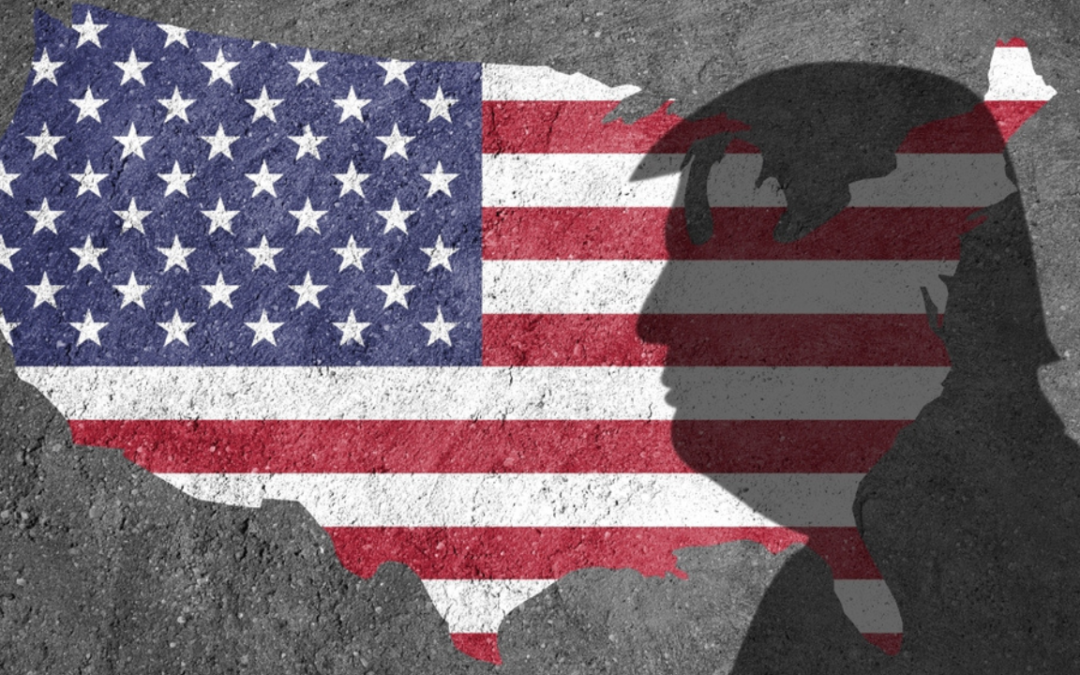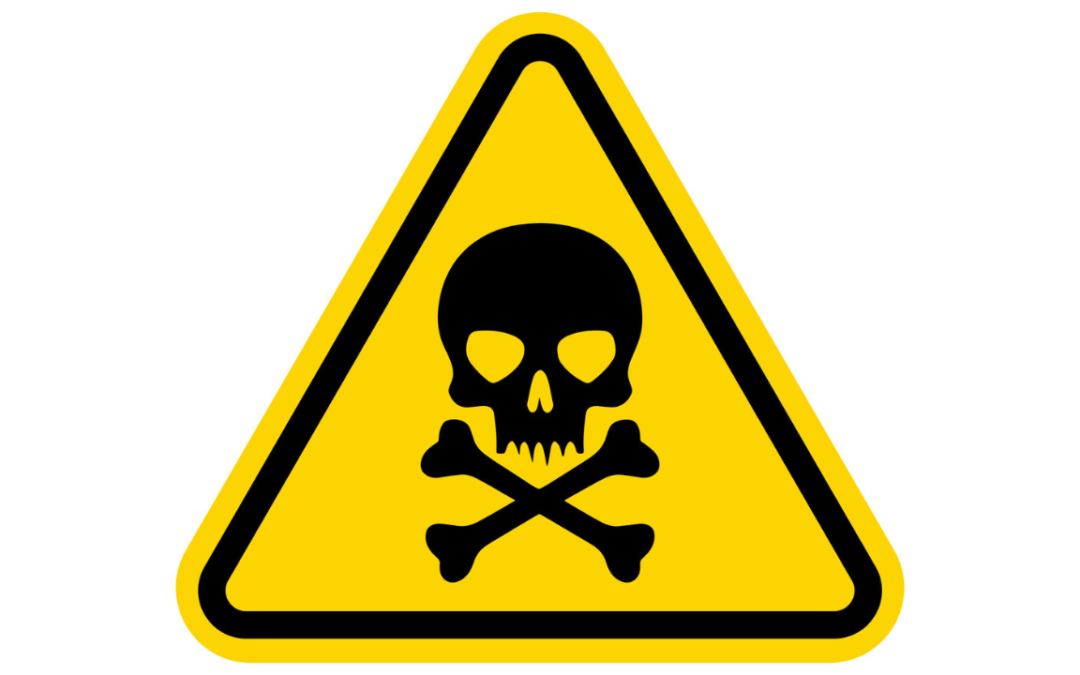This morning, March 18th, global equity markets are again in steep decline, despite the stepped up fiscal and monetary commitments announced in the past few days. Although the policy steps to address the pandemic and its economic consequences are becoming more realistic, they are likely not enough to stabilize markets for two reasons.
First, few can doubt there will be a global recession. The annualized decline in world output in the first half of this year is likely to be larger than at any time since the 1930s, exceeding that of the Great Recession. The evidence is already arriving based on early first quarter Chinese data (where the pandemic first appeared), and in light of the public health measures adopted around the world in the past week.
As a consequence, the decline in global corporate profits over the next few quarters will at least rival that of the dotcom bust or the Global Financial Crisis, but will be much more widespread. Very few companies will avoid significant declines in earnings. The unknown totality of lower corporate profits will continue to drive market volatility.
Second, despite central bank and other policy efforts to support credit markets, numerous companies will suffer ratings downgrades as their earnings and cash flows come under pressure. Others will teeter on the edge of bankruptcy. Government guarantees may save some firms from insolvency, but credit markets can’t be sure which firms, apart from major airlines, will be bailed out. Credit markets are therefore prone to sell-offs, which could be exacerbated by poor liquidity.
How far can equity markets still fall?
The current price-to-earnings ratio (P/E) on the US S&P 500 index is just over 16, roughly on par with its century-long average. It is difficult to believe that valuations should trade near long-term norms in today’s uncertain conditions. It is clear that stocks remain vulnerable to valuation downside.
Also, as noted above, corporate earnings will fall sharply. The parallels from the financial crisis or the dotcom period suggest that earnings per share could drop 30-50% this year. If so, and if the P/E falls to (for example) 15, then ‘fair value’ for the S&P 500 resides near 1750, well below its current index level of 2325.
Global stock markets could easily fall another 20-30% from here.
As for bonds, yields are climbing. This may be linked to expected government deficits stemming from planned tax cuts, spending increases and personal transfer. But some of the pressure on interest rates may also be related to strong borrowing demand as companies rush to bolster their cash balances by borrowing while they can.
Either way, the challenge of rising yields can be solved by central banks going ‘all in’ by increasing significantly their purchases of bonds. Expectations that central banks will intervene should cap the rise in bond yields before long.



